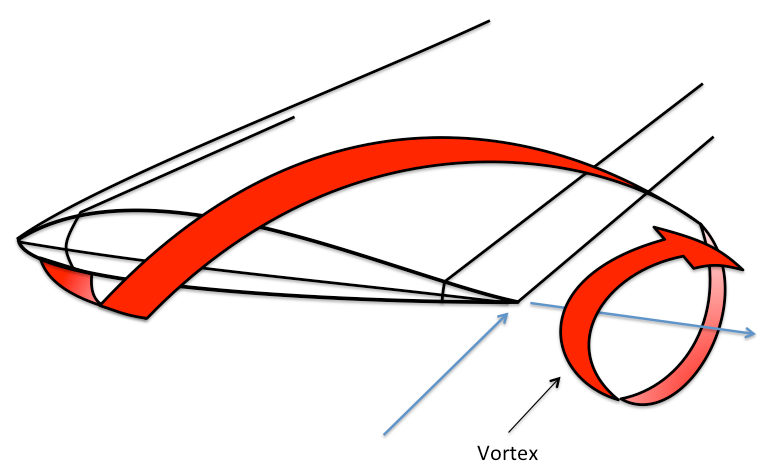Aerodynamics: Vortices
- Jahee Campbell-Brennan

- May 9, 2020
- 1 min read
Updated: May 14, 2021

Within motorsport, it’s hard to see with your minds eye what the vast array of aero devices are trying to accomplish. Aside from aerofoils, it’s not always obvious what the assortment of flow controllers are trying to achieve in their designs.
Occasionally however, the physics happening around us makes itself visually observable - Vortices (plural of vortex) is one such phenomenon where this is true.
Vortices, in our context occur when airflow at high and low pressures interacts - at the tip of an aerofoil wing for example. The resultant circulating region of flow is known as a vortex.

Vortices are a source of drag and decrease the effectiveness of the aerofoil under normal circumstance, yet in other cases they are generated deliberately and find themselves very useful in increasing the overall effectiveness of a vehicles aerodynamic package.
The Y-250 vortex widely known in F1 is a good example of where they are useful, as they are used to control and influence airflow characteristics downstream of the front wing, improving the efficiency of the underbody (including diffuser), cooling system and rear wing.
These were visually very prominent one cool, humid GP in the U.S.A. With low temperature and high relative humidity, the pressure within a vortex core falls below the dew point - water vapour condenses to give you some very cool flow visualisation. You get this on airplanes and any application where airflow is worked hard.
Effects like this are what got me fascinated with aerodynamics and to where i am today.
Be inspired.
![Wavey Dynamics Logo #2 [Dark, Transparent].png](https://static.wixstatic.com/media/67d9bf_65249c4015a14615b48d0aca40b0a4b0~mv2.png/v1/fill/w_269,h_67,al_c,q_85,usm_0.66_1.00_0.01,enc_avif,quality_auto/Wavey%20Dynamics%20Logo%20%232%20%5BDark%2C%20Transparent%5D.png)






Comments